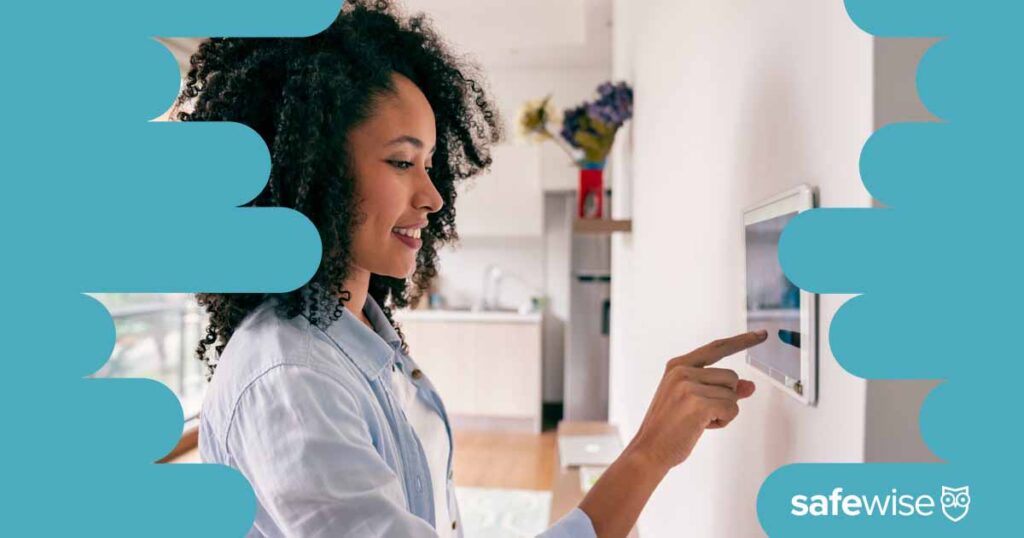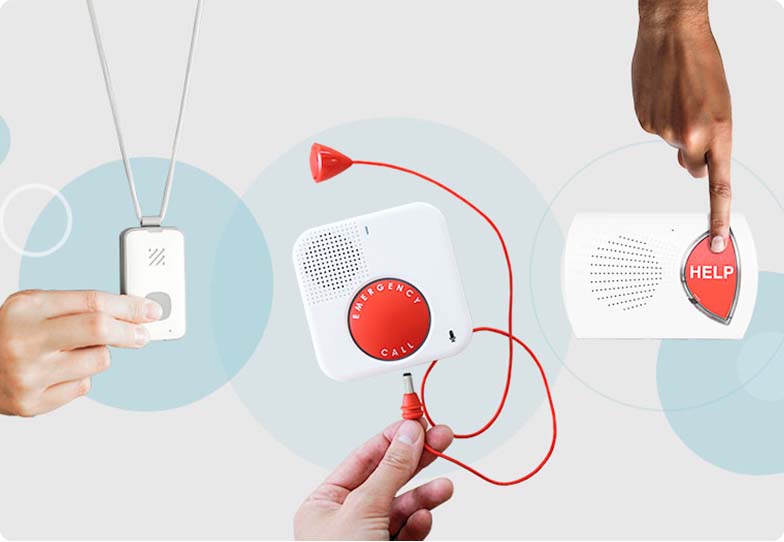Alarm systems need to be tested on a regular basis to ensure they are working properly. After all, what good is a fancy home security system if it fails when you need it most? Many security authorities recommend monthly testing, but there are also other situations that might merit additional testing.
How Often Should My Alarm System Be Tested?
SafeWise experts have years of firsthand experience testing the products we recommend. Learn how we test and review.
By signing up, you agree to our Terms and Conditions and Privacy Policy.
When to test your home security system
The US Fire Administration (USFA) recommends testing smoke alarms at least once a month regardless of the power source (hardwired, lithium battery, AA battery, etc.).1 This might seem like a lot, but it helps ensure that everything is working properly. ADT recommends testing its security systems at least once a month as well,2 and that’s a good goal to shoot for regardless of the system you have.
There are a few other general guidelines to follow.
- Test your security system after setting it up for the first time. Most DIY security systems include instructions for testing the system as part of the installation process.
- Test your security system after any service technicians do work in your home. Anyone that has been working inside your home for any reason could have interfered with your alarm system, either intentionally or unintentionally. After the technician leaves, do a quick system test to make sure everything is functioning correctly.
- Test your alarm system after you perform any major modifications or renovations in your home. Even if you know your system well, it’s easier than you might think to accidentally damage a connection or component. You don’t want to find out there’s an issue after an intruder has already entered your home.
- Test your system after any major changes to phone or internet service. Anything that might affect the system’s ability to communicate with the monitoring center deserves to be double-checked.
How to test alarm systems
Each of our top home security brands has a "test mode" so you can double-check connections without accidentally dispatching the police. The steps for activating test mode vary from brand to brand and may require you to contact customer service. Check their website or your owner's manual for details.
Once your system's in test mode, trigger every single piece of equipment.
Open each door or window that has a contact sensor and walk in front of each motion detector and camera. Push the test button on glass break sensors, smoke alarms, CO detectors, and other environmental alarms.
If the test is successful, it will be audibly announced from the base station (as is the case with SimpliSafe) or logged on the control panel (how Vivint does it). If the alarm test is unsuccessful, change the batteries and confirm that the device is connected to the base station. If it still doesn't work, call up customer support and request a new piece of equipment or an appointment with a service technician.
Some security systems also have a practice mode that lasts for about a week after installation. You'll learn how to arm and disarm the system during this time without creating false alarms for local emergency responders.
Use the test mode before entering practice mode to ensure your equipment works correctly.
Make it a habit
It can take a little time to test all components, but the result—a security system that you know you can trust—is worth it. Add security system tests to your monthly home maintenance and safety checklist to ensure you don’t forget.
Sources
- U.S. Fire Administration, "Smoke Alarm Outreach Materials," January 2022. Accessed July 28, 2022.
- ADT, "Answers to Common Questions." Accessed July 28, 2022.
Compare the best home security systems
Info current as of post date. Offers and availability may vary by location and are subject to change. Read full disclaimer.
Full ADT disclaimer
Recent Articles




